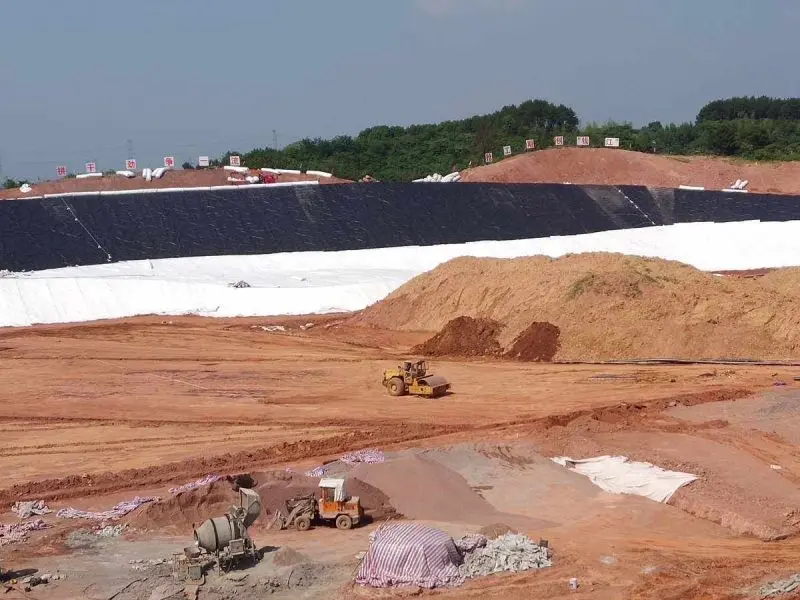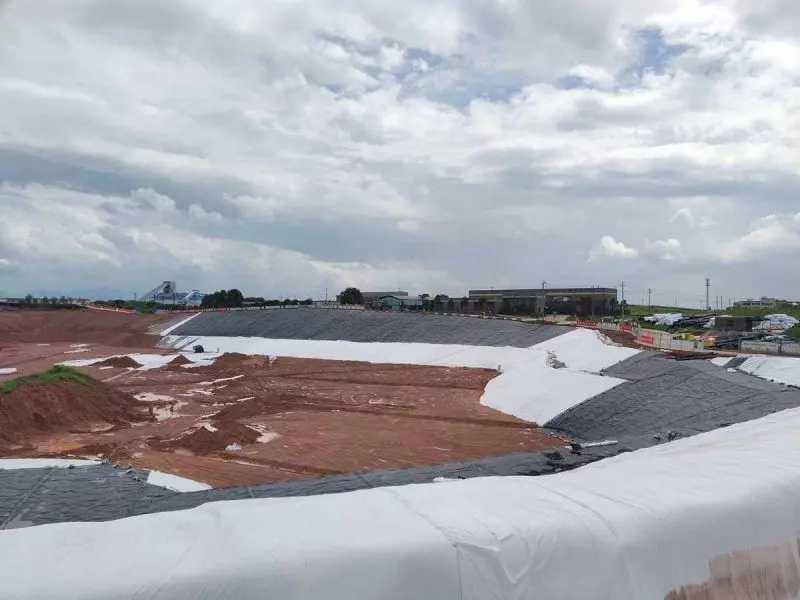![]() 300g PET geotextiles test report.pdf
300g PET geotextiles test report.pdf
Artificial lakes have become increasingly popular for recreational, aesthetic, and environmental purposes. Constructing a durable and sustainable artificial lake requires careful planning and the use of appropriate materials. One such material that has proven to be effective is staple fiber geotextile. In this article, we will outline the steps involved in utilizing staple fiber geotextile for artificial lake construction.
Site Preparation:
Before any construction begins, thorough site preparation is essential. This involves clearing the area of any vegetation, debris, and organic matter. The site should be leveled to ensure uniformity and proper drainage.
Selection of Geotextile:
Choose a high-quality staple fiber geotextile suitable for lake construction. Consider factors such as tensile strength, durability, permeability, and compatibility with the surrounding environment. Consult with geotechnical engineers or experts to determine the most appropriate type and specifications for your project.

Laying the Geotextile Foundation:
Begin by laying the geotextile fabric on the prepared lake bed. Ensure that the fabric completely covers the entire area, extending beyond the boundaries of the lake footprint. Overlap adjacent sheets of geotextile by a sufficient margin to prevent gaps or seams.
Securing the Geotextile:
To prevent shifting or displacement during construction and over the lifespan of the lake, secure the geotextile using appropriate anchoring methods. This may include the use of stakes, anchors, or heavy weights placed strategically along the perimeter and at intervals within the lake bed.
Layering and Compaction:
Once the geotextile foundation is in place, layer additional materials such as sand, gravel, or soil as required by the lake design. Compact each layer thoroughly to achieve the desired density and stability. The geotextile acts as a separator, preventing intermixing of different materials and enhancing overall structural integrity.

Waterproofing and Filtration:
Staple fiber geotextile serves as an effective barrier against water seepage and erosion. Ensure proper installation and overlap of geotextile sheets to create a continuous impermeable membrane. Additionally, the geotextile provides filtration properties, allowing water to pass through while trapping sediment and contaminants, thus improving water quality.
Final Inspections and Maintenance:
Upon completion of construction, conduct thorough inspections to verify the integrity of the geotextile system and overall lake structure. Address any issues promptly to prevent potential damage or failure. Implement a regular maintenance program to monitor the condition of the geotextile and address any signs of wear, tear, or degradation over time.
In conclusion, staple fiber geotextile is a valuable component in the construction of artificial lakes, offering benefits such as erosion control, filtration, and reinforcement. By following proper installation techniques and maintenance protocols, artificial lakes can be constructed to meet aesthetic, recreational, and environmental objectives while ensuring long-term durability and sustainability.
441.webp)
897.webp)
942.webp)
237.webp)